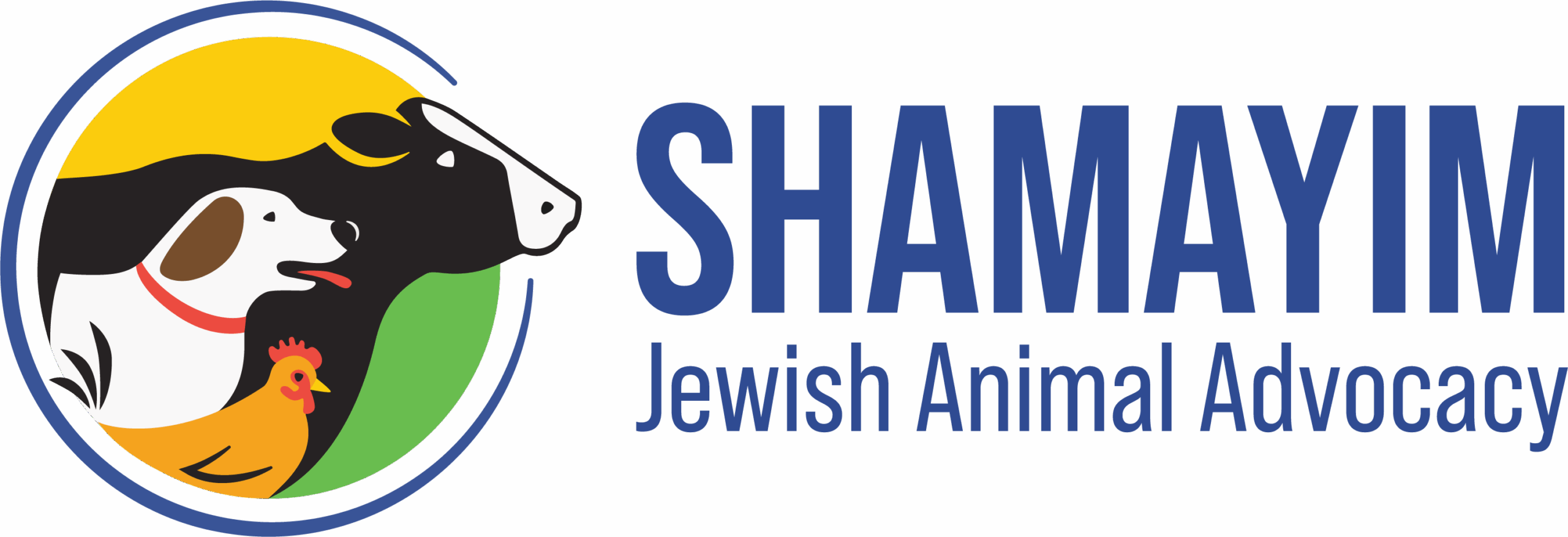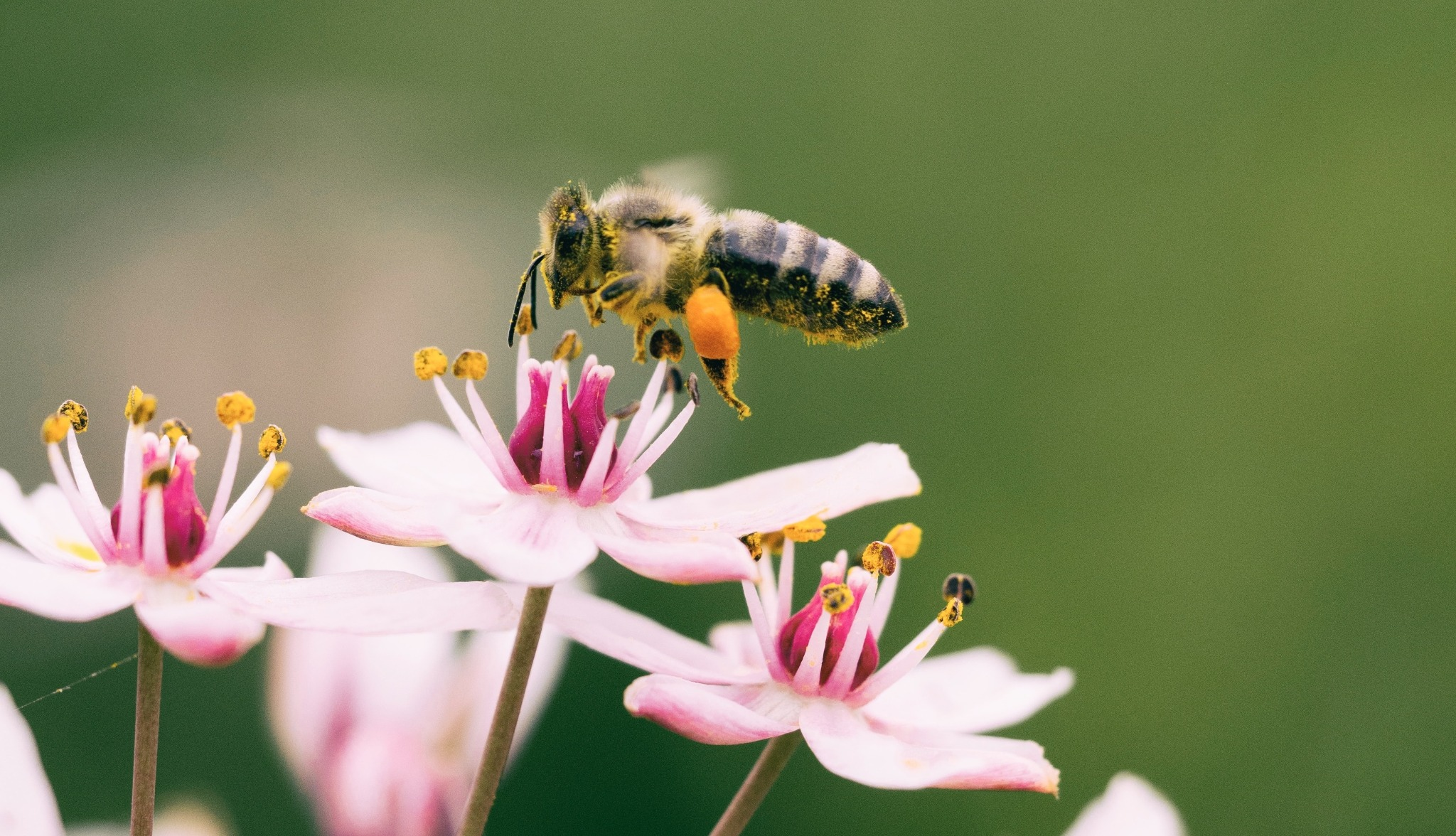October 15th, 2019
ERICA FUCHS
Information shared from The Vegan Society
WHAT IS HONEY?
Honey is the energy source of bees, without it they would starve. Honey also provides essential nutrients during poorer weather and the winter months. The honey bee will visit up to 1500 flowers in order to collect enough nectar to fill its ‘honey stomach’. After returning to the hive, this is regurgitated and chewed by ‘house bees’ to complete the honey-making process. The hive works as a collective to provide each member with an adequate supply, each bee producing just a twelfth of a teaspoon of honey in its lifetime: significantly less than most people would expect. Honey is fundamental to the hive’s wellbeing.
WHAT ARE THE CONCERNS WITH CONVENTIONAL HONEY?
Conventional beekeepers aim to harvest the maximum amount of honey, with high honey yields being viewed as a mark of success. When farmers remove honey from a hive, they replace it with a sugar substitute which is significantly worse for the bees’ health since it lacks the essential micro-nutrients of honey.
In conventional beekeeping, honey bees are specifically bred to increase productivity. This selective breeding narrows the population gene pool and increases susceptibility to disease and large-scale die-offs. Diseases are also caused by importing different species of bees for use in hives.
These diseases are then spread to the thousands of other pollinators we and other animals rely on, disputing the common myth that honey production is good for our environment.
In addition, hives can be culled post-harvest to keep farmer costs down. Queen bees often have their wings clipped by beekeepers to prevent them leaving the hive to produce a new colony elsewhere, which would decrease productivity and lessen profit.1
IS HONEY EVER VEGAN?
Although it is possible to harvest honey without harming or disrupting bees (“balanced beekeeping” and/or “natural beekeeping”) harvesting honey does not correlate with The Vegan Society’s definition of veganism, which seeks to exclude not just cruelty, but exploitation.
Luckily, we can leave the bees alone all together and enjoy sweet vegan alternatives like apple honey shown below, date syrup, maple syrup, molasses, & more.

- Clipping a queen bee’s wings is often done by a beekeeper in order to achieve easier control of the colony. After her mating flight, a beekeeper will sometimes clip the wings of bee queen to prevent them from swarming. The logic behind this is if she cannot fly, she won’t be able to lead the colony outside the hive. Her attempt to leave the hive will fail because she is unable to fly and she will fall down in front of the hive where beekeepers usually can find her with a group of bees around. However, if you want to stop your bees from swarming, clipping the wings will allow you more time to realize that they want to swarm because bees need more time to reorganize after their queen’s failure. Some beekeepers also use the wing clipping technique in order to mark the queen’s year of birth. They will clip the left wing if the queen is born in odd years.


Leave a Reply